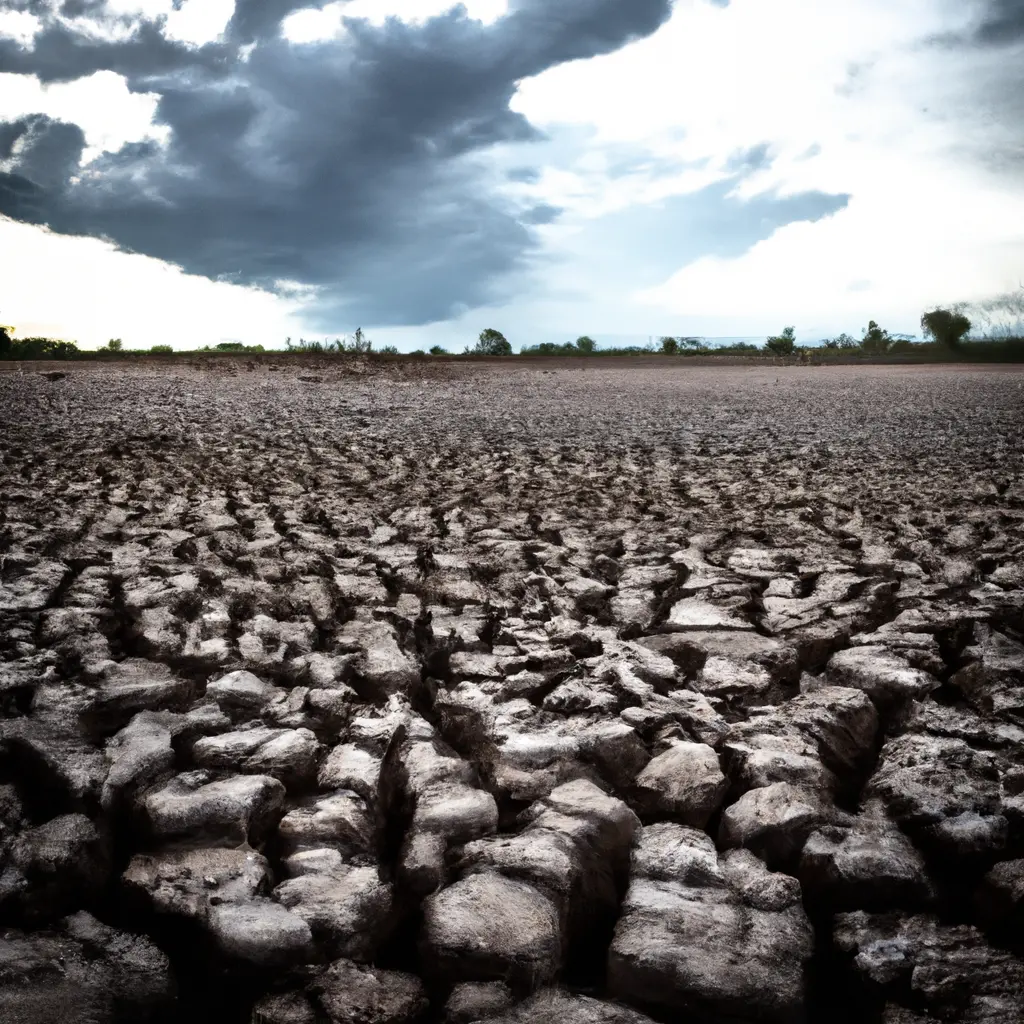Spoiled by climate change: properties to lose and gain in Spain.

October was warmer than we remembered. While we used to add transitional season items to our closet at this time of year, we still wear summer clothes in most of the country. Data from the Copernicus Climate Change Service (C3S) Climate Change Report confirms that last month was the warmest September on record, with an average surface temperature of 16.38 °C. In light of rising temperatures, many people are wondering how climate change and its effects will affect their lives. One of the main impacts feared from this phenomenon is sea level rise.
Researchers from the Spanish Institute of Oceanography (IEO-CSIC) and the Mediterranean Institute for Advanced Studies (Imedea), in collaboration with the Mediterranean Climate Change team, conducted a study and concluded that sea levels have been gradually rising in recent years. Analyzing monthly sea level data at various points along the coasts of the Iberian Peninsula, Atlantic and Mediterranean islands since the 1940s, the researchers found sea level rise. Sea level rose by 2.8 millimeters per year from 1993 to 2019. Specifically, they found that sea levels rose at a rate of 1.6 millimeters per year from 1948 to 1993. However, the pace has accelerated in recent years, with sea levels rising by 2.8 millimeters per year from 1993 to 2019. "The accelerating rate of sea level rise indicates that the threat posed by climate change, instead of being addressed, is only getting worse," pointed out Manuel Vargas, one of the authors of the study.
Sea level rise will have a greater impact on countries with extensive coastlines. He warned that for countries such as Spain, with its vast coastline, the impact of sea level rise would be "severe", manifesting itself in the retreat of coastlines and loss of beaches, as well as a greater impact of storms on structures and infrastructure along the coast.
The government organization Climate Central has developed an interactive tool that users can use to find out how sea level rise will affect a specific area if the water level rises by 0.5 meters and 30 meters. It also allows us to estimate how changes in pollution and carbon emissions will affect this phenomenon.
14 May 2025
14 May 2025

For example, if we look at the coast of Catalonia, it is clear that even if the level rises by only 0.5 meters, areas such as Roses, Empuriabrava, L'Escala or Torroella de Montgri will be affected, as well as the coast that surrounds Barcelona. Particular attention should be paid to the impact on the Delta Ebro Natural Park, as well as nearby areas such as Amposta or Sant Carles de la Rapita, as the maps available on this tool show.
If you continue to move on the map, you can see that Balearic Islanders will also be among those affected. Specifically, localities such as Alcudia or Ibiza, as well as the Ses Salines Natural Park and the S'Albufera Natural Park in Mallorca. Much of the Azahar and Costa Blanca coasts will also be affected by sea level rise.
If we move to Valencia, it becomes clear that both the city of Valencia itself and the settlements of Torreblanca, Almenara, Benicassim, Alcosseber or Santa Pola are becoming some of the main victims of sea level rise. In the Region ofMurcia, the settlements closest to the Mar Menor, such as Pilar de la Horadada, San Pedro del Pinatar, San Javier or Los Alcazares, will be most affected.
The settlements on the coast of the province of Cádiz and Malaga will be most affected by sea level rise. In particular places like Roses, Barcelona or Sant Carles de la Rapita. An impact on Doñana National Park is also noticeable.
In the northern regions of the country, significant influence can also be seen in the regions washed by the Atlantic Ocean. Thus, in Galicia, the greatest impact will be felt in municipalities such as Vilanova de Arosa, Sansenxo, O Grove, Pobra do Caraminal or Malpica. In regions such as Asturias, the impact of the rise will be negligible. In Asturias, the settlements of Cudillero, Aviles or Luanco will be the most affected. Similarly, in Cantabria, which is washed by the Cantabrian Sea, the main impact will be felt in Suanes, Santona and Santa Cruz de Bezana. Finally, in Pais Vasco, Hondarribia, Zumaia, Guernica or Bermeo will feel the greatest impact of sea level rise.
Tags
Comment
Popular Posts
Popular Offers

Subscribe to the newsletter from Hatamatata.com!
Subscribe to the newsletter from Hatamatata.com!
I agree to the processing of personal data and confidentiality rules of Hatamatata













